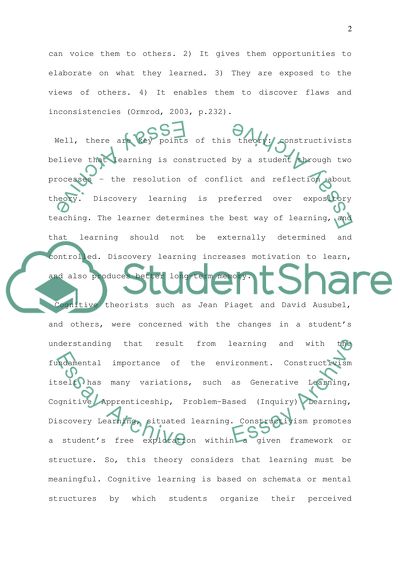Cite this document
(“Personal Larning Theory Essay Example | Topics and Well Written Essays - 2250 words”, n.d.)
Retrieved from https://studentshare.org/psychology/1532857-personal-larning-theory
Retrieved from https://studentshare.org/psychology/1532857-personal-larning-theory
(Personal Larning Theory Essay Example | Topics and Well Written Essays - 2250 Words)
https://studentshare.org/psychology/1532857-personal-larning-theory.
https://studentshare.org/psychology/1532857-personal-larning-theory.
“Personal Larning Theory Essay Example | Topics and Well Written Essays - 2250 Words”, n.d. https://studentshare.org/psychology/1532857-personal-larning-theory.


